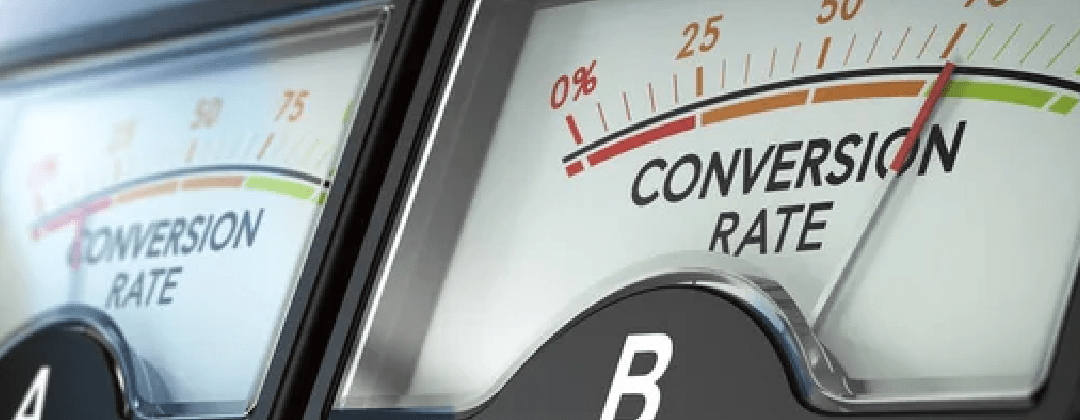
Case Study: Upgrading SiteStorage.net to the Latest Web Standards
Case Study: Upgrading SiteStorage.net to the Latest Web Standards
Overview
SiteStorage.net, an onsite storage container rental and sales provider, faced declining user engagement and conversion rates due to an outdated web interface and suboptimal user experience. In response, the company decided to revamp its website to align with the latest web standards, primarily focusing on improving accessibility, performance, and mobile responsiveness.
Objectives
- Increase Conversion Rates: Improve the sign-up rate and reduce bounce rates by enhancing user interface and experience.
- Boost User Engagement: Enhance user satisfaction and engagement by providing a faster, more responsive service.
- Improve Search Engine Rankings: Achieve higher visibility through better SEO practices and faster page load times.
Challenges
- Legacy Systems: The existing website was built on outdated technologies that were not compliant with modern web standards.
- User Retention: The old interface was not engaging users effectively, leading to high bounce rates.
- SEO Performance: Poor website structure and slow load times negatively impacted search engine rankings.
Strategy and Implementation
1. Web Standards and Compliance
- HTML5 and CSS3: Upgraded to the latest HTML and CSS standards to ensure semantic correctness and style flexibility.
- WCAG 2.1 Compliance: Adopted Web Content Accessibility Guidelines to make the site more accessible to users with disabilities.
- Responsive Design: Implemented a mobile-first design strategy using Bootstrap 4 to ensure the website is functional and aesthetically pleasing on all devices.
2. Performance Optimization
- Faster Load Times: Integrated advanced caching techniques, optimized images, and minified CSS and JavaScript files.
- Server Upgrade: Moved to a more robust server infrastructure to handle increased traffic and reduce downtime.
3. Enhanced User Experience
- User Interface Redesign: Introduced a more intuitive layout and navigation structure to make information easily accessible.
- Interactive Elements: Added interactive guides and tooltips to help new users understand the platform’s features quickly.
- A/B Testing: Conducted A/B tests to optimize conversion paths and button placements.
Results
After implementing the above strategies, SiteStorage.net observed significant improvements within the first three months:
- Conversion Rate: There was a 40% increase in new user sign-ups.
- User Engagement: Session duration increased by 50%, indicating enhanced user interaction with the site.
- SEO Ranking: The website started ranking higher for key search terms, leading to a 30% increase in organic traffic.
- Performance Metrics: Page load times were reduced by 60%, significantly enhancing the user experience.
Lessons Learned
- User-Centric Design: Focusing on user needs and usability can significantly impact engagement and conversions.
- Ongoing Testing: Regular A/B testing and user feedback loops are crucial for continually refining user experience.
- Cross-Platform Compatibility: Ensuring the website performs well on various devices and browsers is essential for reaching a broader audience.
Conclusion
The overhaul of SiteStorage.net to comply with the latest web standards significantly improved its performance, user engagement, and conversion rates. This case study demonstrates the importance of aligning web development practices with current standards and user expectations to drive business success. Future plans include continuous monitoring of web trends and user feedback to ensure the platform remains relevant and competitive.





